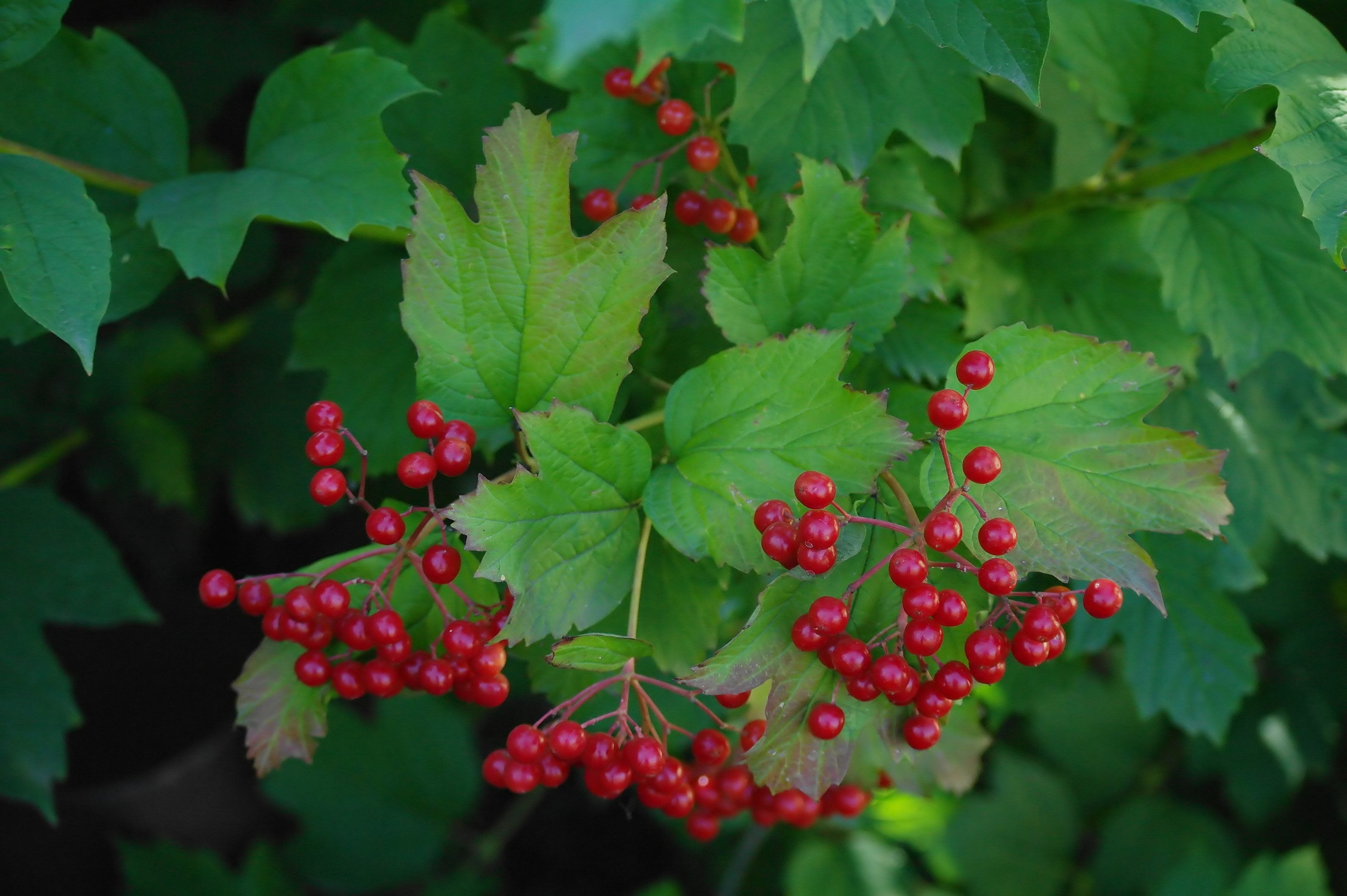Low Growing Viburnums: Can You Use Viburnum As Groundcover


Many of us gardeners have that one spot in our yards that is truly a pain to mow. You’ve considered filling the area with groundcover, but the thought of removing the grass, tilling up the soil, and planting dozens of little cells of perennial groundcover is overwhelming. Oftentimes, areas like this are tough to mow because of trees or large shrubs that you have to maneuver around and under. These trees and shrubs can shade out other plants or make it difficult to grow much in the area except, of course, weeds. Generally, a large go-to plant for trouble areas, low growing viburnums can be used as a groundcover in out-of-the-way sunny or shady spots.
Low Growing Viburnums
When you think viburnum, you probably think of the common large viburnum shrubs, like snowball viburnum or arrowwood viburnum. Most viburnums are large deciduous or semi-evergreen shrubs hardy from zones 2 to 9. They grow in full sun to shade, depending on species. Viburnums are a popular choice because they tolerate tough conditions and poor soil, though most prefer slightly acidic soil. When established, most species of viburnum are also drought resistant. In addition to their easy growth habits, many have fragrant flowers in spring, and beautiful fall color with red-black berries that attract birds. So, you may be wondering, how can you use viburnums as groundcover, when they grow so tall? Some viburnums stay smaller and have a more spreading habit. However, like other shrubs such as burning bush or lilac, many viburnums listed as “dwarf” or “compact” can grow up to 6 feet (2 m.) tall. Viburnums can be cut back hard in late winter or early spring to keep compact. When pruning any shrub, though, the general rule of thumb is not to remove more than 1/3 of its growth. Therefore, a fast-growing shrub that matures to a height of 20 feet (6 m.) is eventually going to get big if you follow the rule of not cutting back more than 1/3 a year. Fortunately, most viburnums are slow growing.
Can You Use Viburnum as Groundcover?
With research, proper selection, and regular pruning, you can use viburnum groundcovers for problem areas. Pruning once a year is less maintenance than mowing weekly. Viburnums can also grow well in areas where perennial groundcovers may struggle. Below is a list of low growing viburnums that can perform as ground coverage: Viburnum trilobum ‘Jewell Box’ – hardy to zone 3, 18 to 24 inches (46-61 cm.) tall, 24 to 30 inches (61-75 cm.) wide. Rarely produces fruit but has burgundy fall foliage. V. trilobum ‘Alfredo,’ ‘Bailey’s Compact,’ and ‘Compactum’ all grow about 5 feet (1.5 m.) tall and wide with red berries and red-orange fall color. Guelder rose (Viburnum opulus) – the variety ‘Bullatum’ is hardy to zone 3 and is 2 feet (61 cm.) tall and wide. Rarely produces fruit and also burgundy fall color. Another small V. opulus is ‘Nanum,’ hardy to zone 3 and grows 2 to 3 feet (61-91 cm.) tall and wide, producing red fruit and red-maroon fall color. David Viburnum (Viburnum davidii) – hardy to zone 7, growing 3 feet (91 cm.) tall and 5 feet (1.5 m.) wide. It has evergreen foliage and must have part shade as the plant will scorch in too much sun. Mapleleaf Viburnum (Viburnum acerfolium) – hardy to zone 3 and gets anywhere from 4 to 6 feet (1-2 m.) tall and 3 to 4 feet (1 m.) wide. This viburnum produces red fall berries with pink-red-purple fall foliage. It also needs part shade to shade to prevent scorching. Viburnum atrocyaneum – hardy to zone 7 with a smaller stature of 3 to 4 feet (1 m.) tall and wide. Blue berries and bronze-purple fall foliage. Viburnum x burkwoodii ‘American Spice’ – hardy to zone 4, growing 4 feet (1 m.) tall and 5 feet (1.5 m.) wide. Red berries with orange-red fall foliage. Viburnum dentatum ‘Blue Blaze’ – hardy to zone 3 and reaches 5 feet (1.5 m.) tall and wide. Produces blue berries with red-purple fall foliage. Viburnum x ‘Eskimo’ – this viburnum is hardy to zone 5, having a 4 to 5 foot (1-1.5 m.) height and spread. It produces blue berries and semi-evergreen foliage. Viburnum farreri ‘Nanum’ – hardy to zone 3 and 4 feet (1 m.) tall and wide. Red fruit with red-purple fall foliage. Possumhaw (Viburnum nudum) - the cultivar ‘Longwood’ is hardy to zone 5, reaches 5 feet (1.5 m.) tall and wide, and develops pink-red-blue berries with pink-red fall foliage. Japanese snowball (Viburnum plicatum) – ‘Newport’ is hardy to zone 4 with a 4 to 5 feet (1-1.5 m.) tall height and spread. It rarely produces berries but produces burgundy fall color. ‘Igloo’ is hardy to zone 5 becoming 6 feet (2 m.) tall and 10 feet (3 m.) wide. It has scarlet red berries and red fall color. Must grow in shade.
Sign up for the Gardening Know How newsletter today and receive a free copy of our e-book "How to Grow Delicious Tomatoes".

Darcy is a former contributor to Gardening Know How. She is a professional landscape designer and gardening writer with experience in plant sales. An avid gardener, Darcy has a passion for sharing practical tips to help others grow.